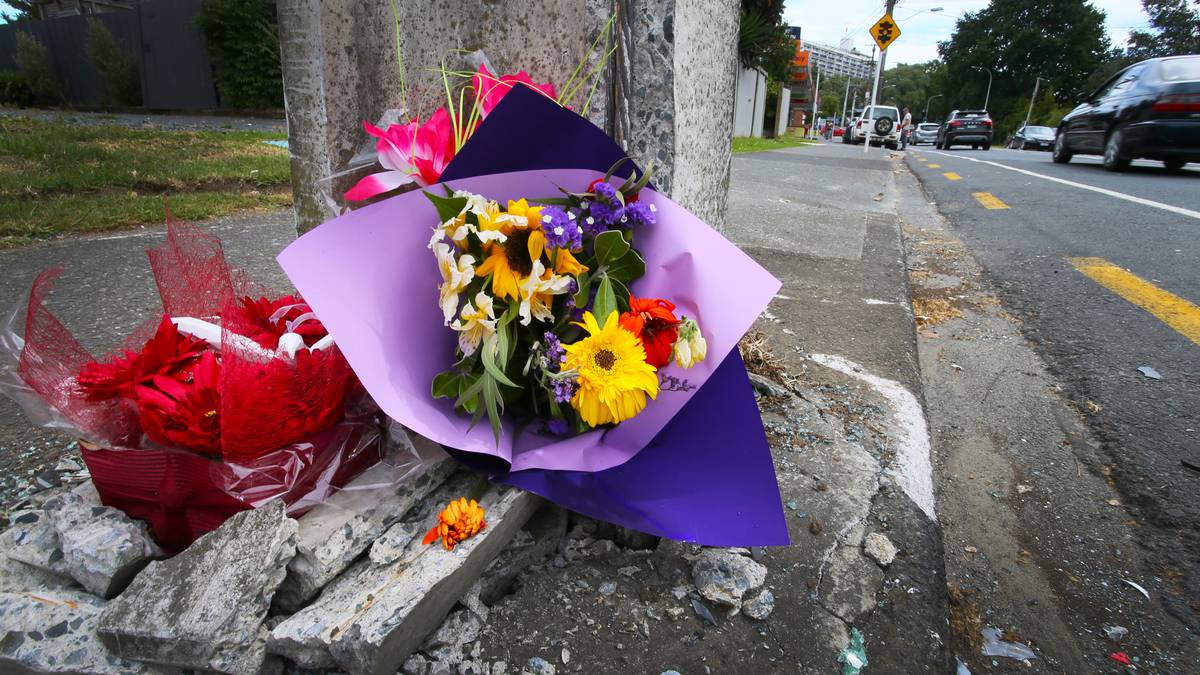We need to start getting serious if we want to reduce the number of Northlanders dying on our roads, writes John Williamson. Photo / Tania Whyte
OPINION
It was fascinating watching elected representatives chewing the fat at the Northland Regional Council’s Transport Committee meeting last week. While these local politicians are clearly under pressure from their communities about the state of our roads, it is curious about how much power they think they have on this committee.
The regional council spends plenty of money, but none of it is on our roads. That’s the role of the road controlling authorities, the local councils and Waka Kotahi NZ Transport Agency, through their collective, the Northland Transport Alliance.
Nonetheless, Transport Committee members voted for a high-level review of Northland’s roading maintenance and capex contracts, their procurement, their supervision and the professional services that surround them. This was despite being reassured by the Whangārei District Council CEO that two independent reviews are already under way – the first to independently review the implementation of road maintenance contracts and the second to review the performance of the Northland Transport Alliance.
Advertisement
So another review, really, and what authority do they have anyway?
What was of particular interest though was when the road safety report was discussed, the comment was made: “We are here to discuss road maintenance and not driver behaviour.”
Well theoretically, you control what you can control, which theoretically is the amount of money spent on our roads. But it’s more difficult to control the behaviour of some drivers, who end up in our crash statistics – and that’s the real challenge.
The police report at the meeting made sobering reading. As of the end of July, we have had 25 fatal accidents in Northland. A third of these had the driver over the legal alcohol limit, six involved drugs and speed, and incredibly 10 people – 40 per cent of those perishing on Northland roads – were either not restrained with a seatbelt, or were not wearing a crash helmet.
Advertisement
All are controllable behaviours.
It is disappointing that some elected representatives believe they have no particular interest in driver behaviour on our under-maintained roads. Another review of our maintenance contracts will not improve the way some people drive. We need some serious political commitment to achieve that.
As we are entering the three-year government electoral cycle, the Automobile Association has released its election calls to all political candidates to consider their roading and transport priorities for the 2023 election. Alongside “Reviving Essential Road Maintenance” and “Making the Roading Network More Resilient” is the call to “Stop Drunk and Drugged Drivers”.
In the last couple of years, we have clearly dropped the ball on drunk driving, and much of that could clearly be attributed to the lack of police presence on our roads. During the last decade we have had half the number of drivers being breath-tested, while at the same time, alcohol-related road fatalities have doubled. The answer is pretty self-evident.
Over the past decade, the legislation enacted around drink driving has meant that alcohol-related driving should be showing more positive outcomes. During this time the blood alcohol level for legal driving has been reduced with increased penalties, we have a zero alcohol tolerance for drivers under 20 and, five years ago, it became mandatory for convicted recidivist and high alcohol-level drivers to have an alcohol interlock fitted to their cars.
As well, we have available specialist alcohol and drug courts and rehabilitation programmes for recidivist drink-drivers. However, we have not made any significant changes to alcohol and other driving fines and penalties for almost 15 years, and we are well behind Australia in making serious statements in respect to penalties for driving infringements.
Getting serious works. Mandating alcohol interlocks for recidivist and high blood alcohol drivers has meant that around 4000 alcohol interlocks are now installed in high-risk drivers’ cars.
Nationally, they collectively stop 40,000 drink-drive attempts per year. These numbers are steadily increasing but, compared to Australia, the bar is still too low for an interlock sentence, it is too easy to get an exemption and the alcohol-related fines are no more than a slap on the wrist.
The tools are available for the public to send a clear signal about making our roads safer, and for our politicians to take seriously a “Road to Zero” strategy.




